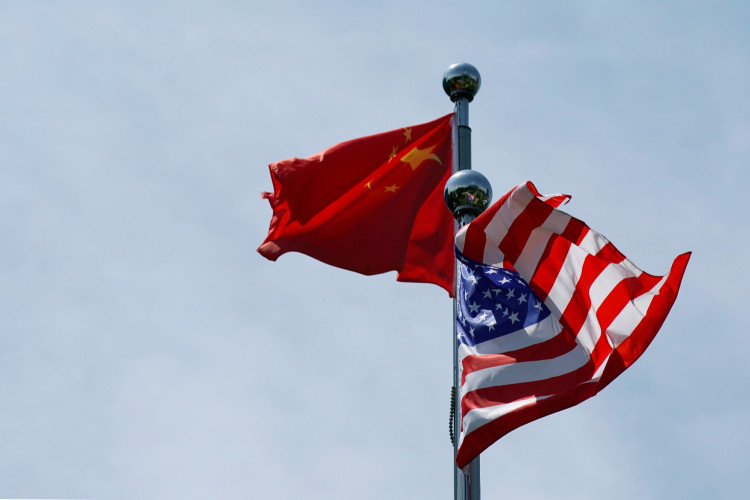Taiwanese President Lai Ching-te's two-day visit to Hawaii has intensified tensions with China, which strongly condemned the trip and lodged formal protests with the United States. Lai's stopover, part of a broader Pacific tour, included public engagements and diplomatic outreach, prompting fiery rhetoric from Beijing.
China's foreign ministry issued a statement asserting its opposition to Lai's visit. "China will closely follow the developments and take resolute and strong measures to defend our nation's sovereignty and territorial integrity," it said. Beijing considers Taiwan a breakaway province and opposes any form of diplomatic recognition or engagement between the island's leaders and foreign governments.
Upon arriving in Honolulu, Lai was greeted with what his office described as "red carpet treatment," an unprecedented welcome for a Taiwanese leader. Ingrid Larson of the American Institute in Taiwan and Hawaii Governor Josh Green were among those who received Lai. His itinerary included visits to a Pacific island history museum and the USS Arizona Memorial at Pearl Harbor.
Speaking before departing from Taipei, Lai emphasized the significance of his trip. "Democracy, prosperity, and peace are the expectations of the people of Taiwan, and they are also the values that I, as president, must actively promote," he said. He described the trip as marking "the beginning of a new era of value-based diplomacy."
In Hawaii, Lai used a dinner event attended by U.S. officials and Taiwanese expatriates to underscore his message. Reflecting on a visit to Pearl Harbor, Lai remarked, "Peace is priceless, and war has no winners. We have to fight, fight together to prevent war."
China has expressed particular anger over Lai's interactions with U.S. officials, framing them as provocations. Ahead of the visit, a spokesperson for China's defense ministry said, "We firmly oppose official interaction with China's Taiwan region in any form" and pledged to "resolutely crush" attempts to secure Taiwanese independence.
The trip also comes at a sensitive time as President-elect Donald Trump prepares to take office. During his campaign, Trump suggested that Taiwan should pay for its defense, a statement that unsettled Taipei. Lai's visit reflects Taiwan's ongoing efforts to deepen ties with the U.S., which remains the island's most significant ally and arms supplier.
Lai's Pacific tour will also take him to Taiwan's diplomatic allies, including the Marshall Islands, Tuvalu, and Palau, before concluding with a stop in Guam. These visits highlight Taiwan's shrinking list of formal allies, as only 12 countries continue to recognize its sovereignty.
Amid increasing Chinese military activity near Taiwan, Lai's aircraft was accompanied by Taiwanese Air Force F-16 fighter jets for part of its journey to Hawaii. Taiwan lives under the constant threat of invasion from China, which has not ruled out using force to bring the island under its control.
Beijing's anger over Lai's visit coincides with growing regional tensions. China has stepped up military drills around Taiwan, and its leaders have accused the U.S. of emboldening Taipei's government. Meanwhile, Washington has approved a $385 million arms package for Taiwan, including F-16 spare parts and radar systems.
Lai's comments on the importance of collaboration resonated with his broader message of unity. "I once again emphasize that we are all Team Taiwan. We all work together, and we can successfully achieve our goals," Lai said during the trip.






